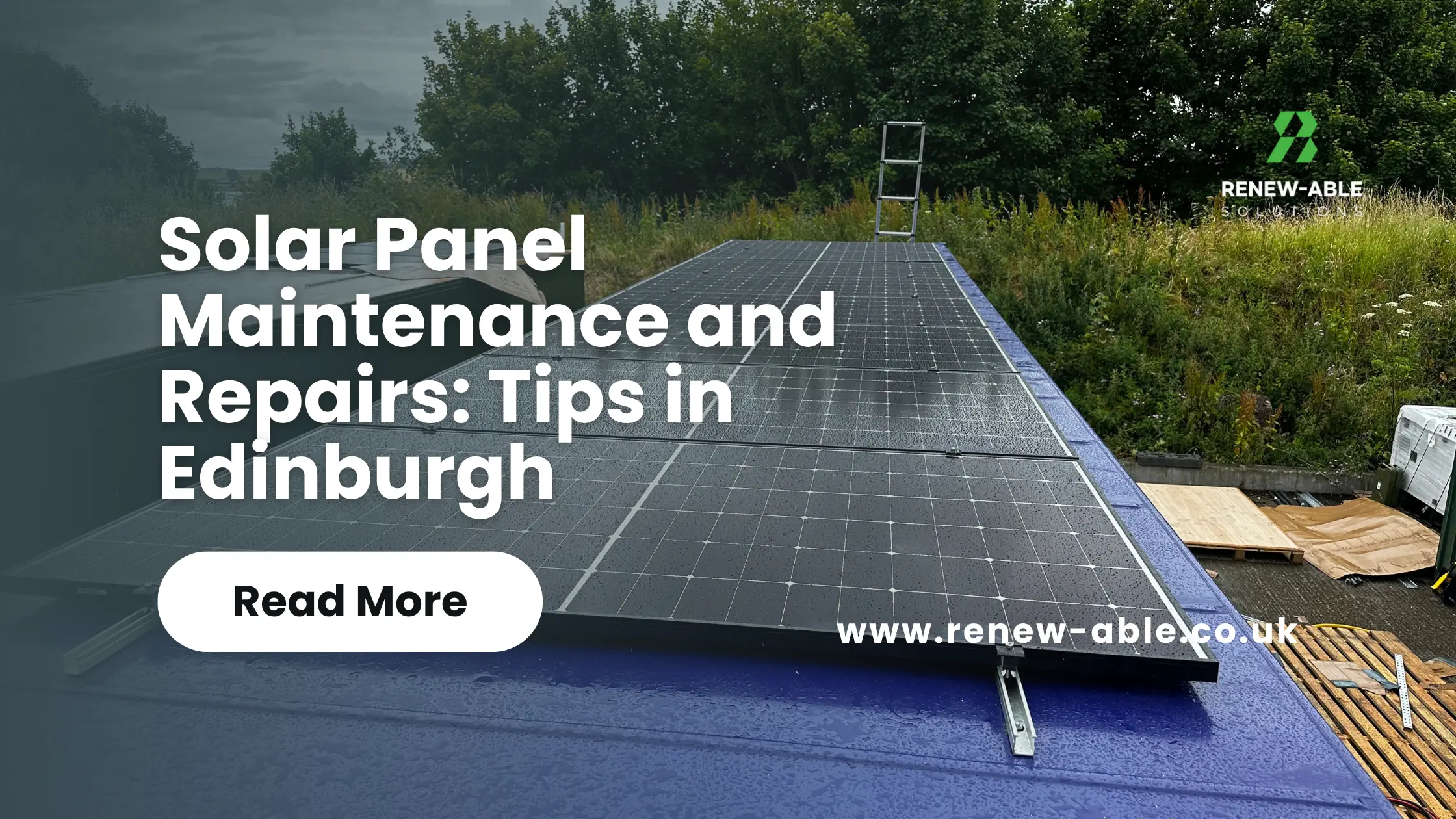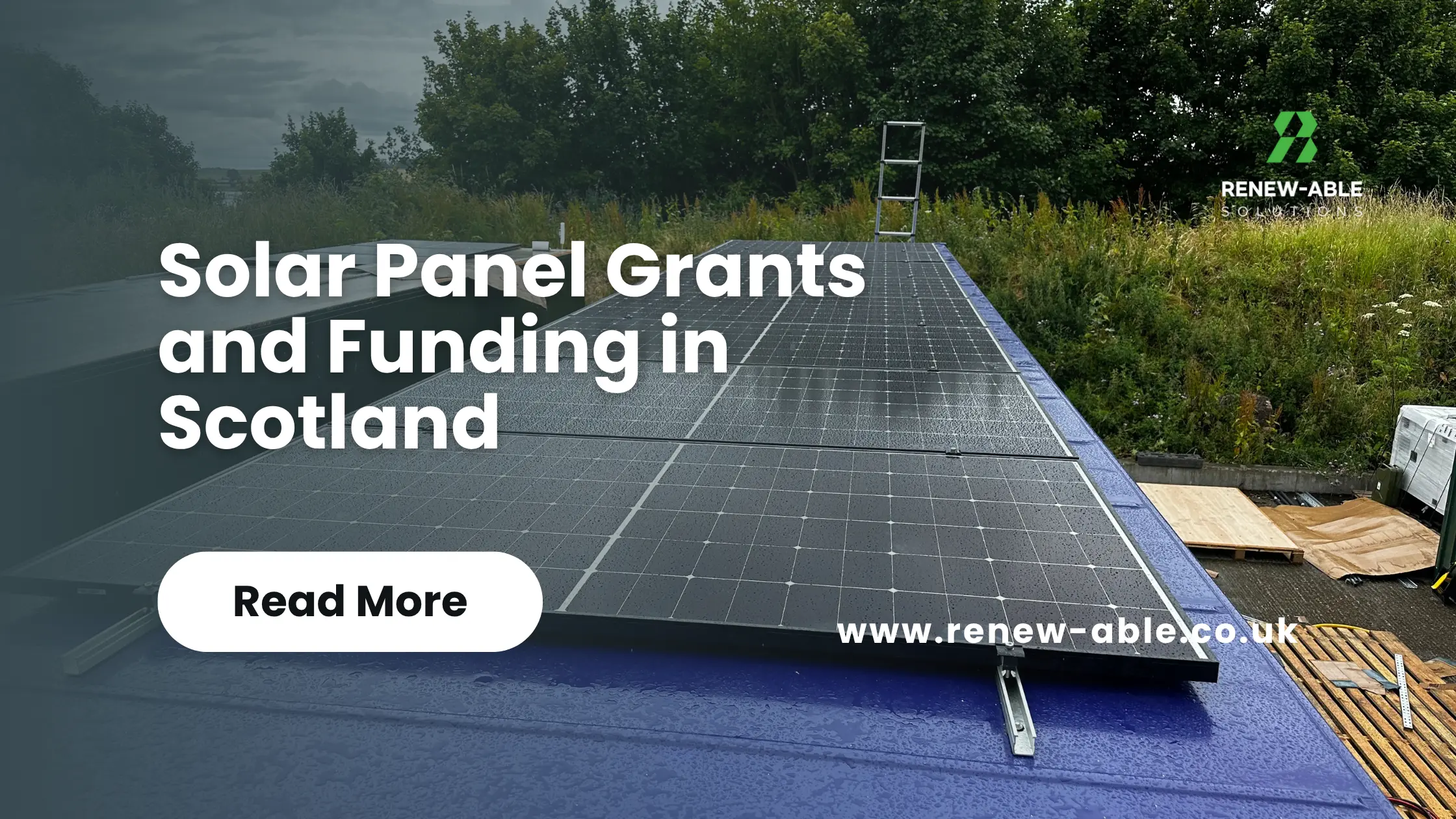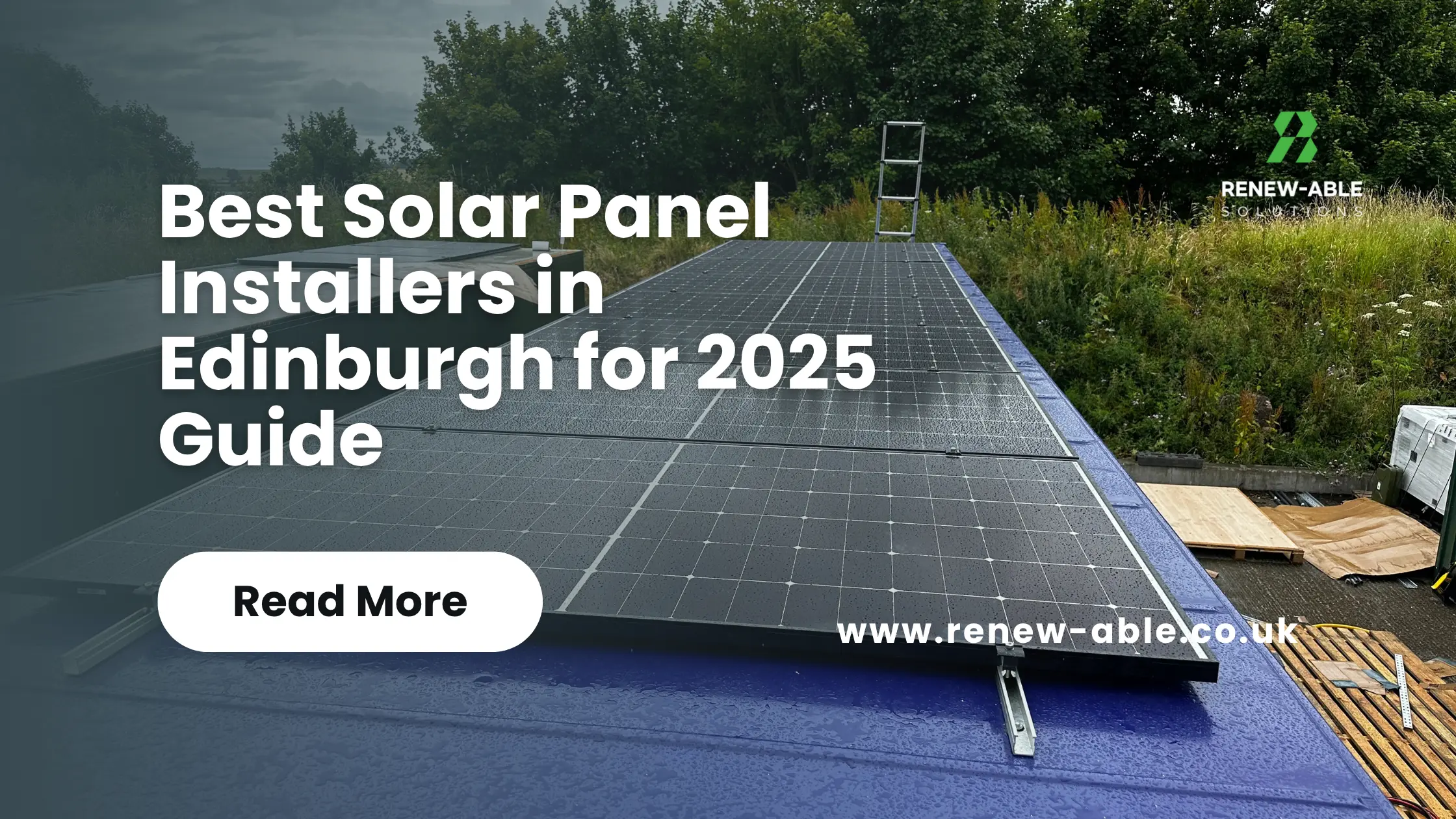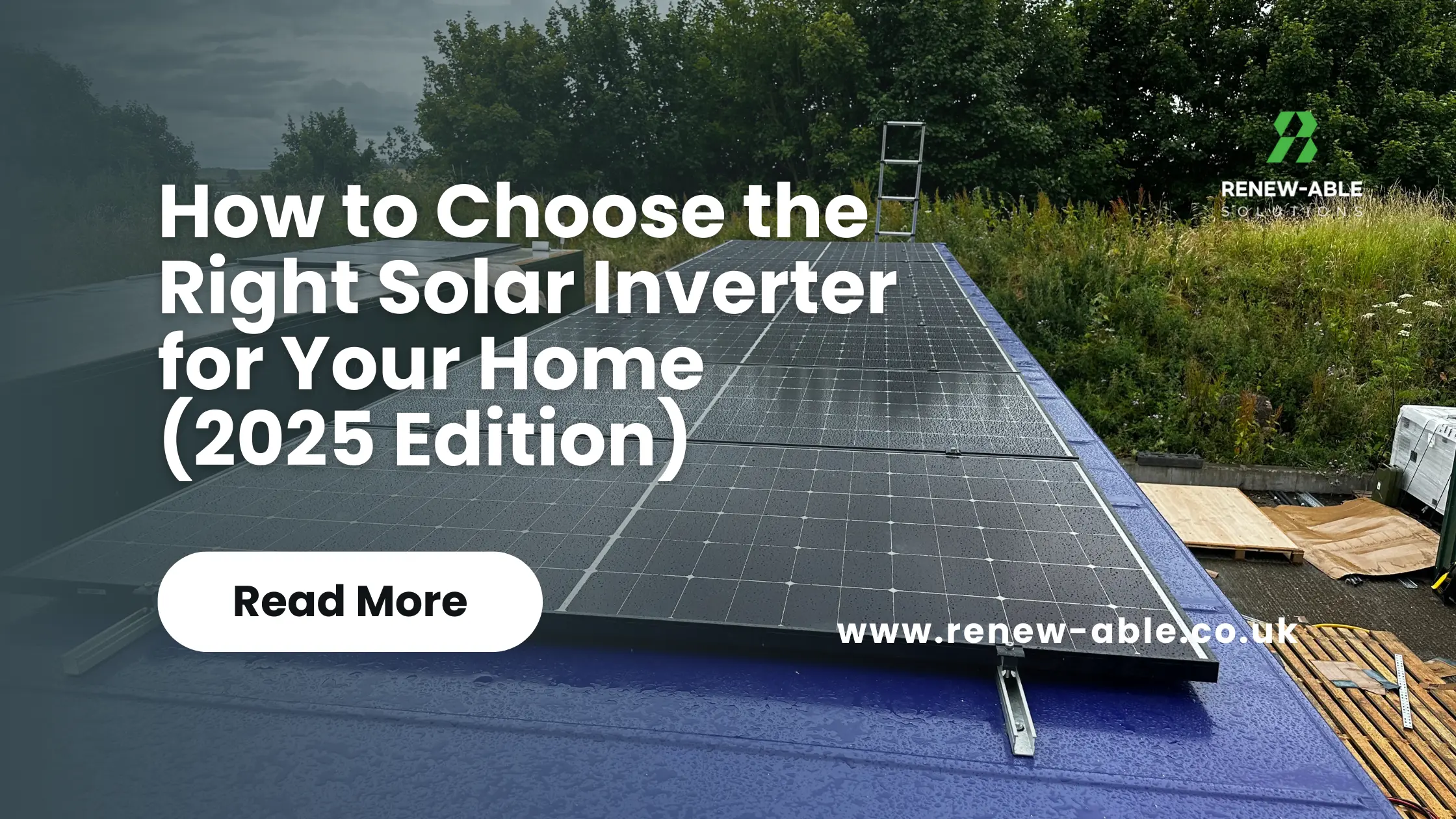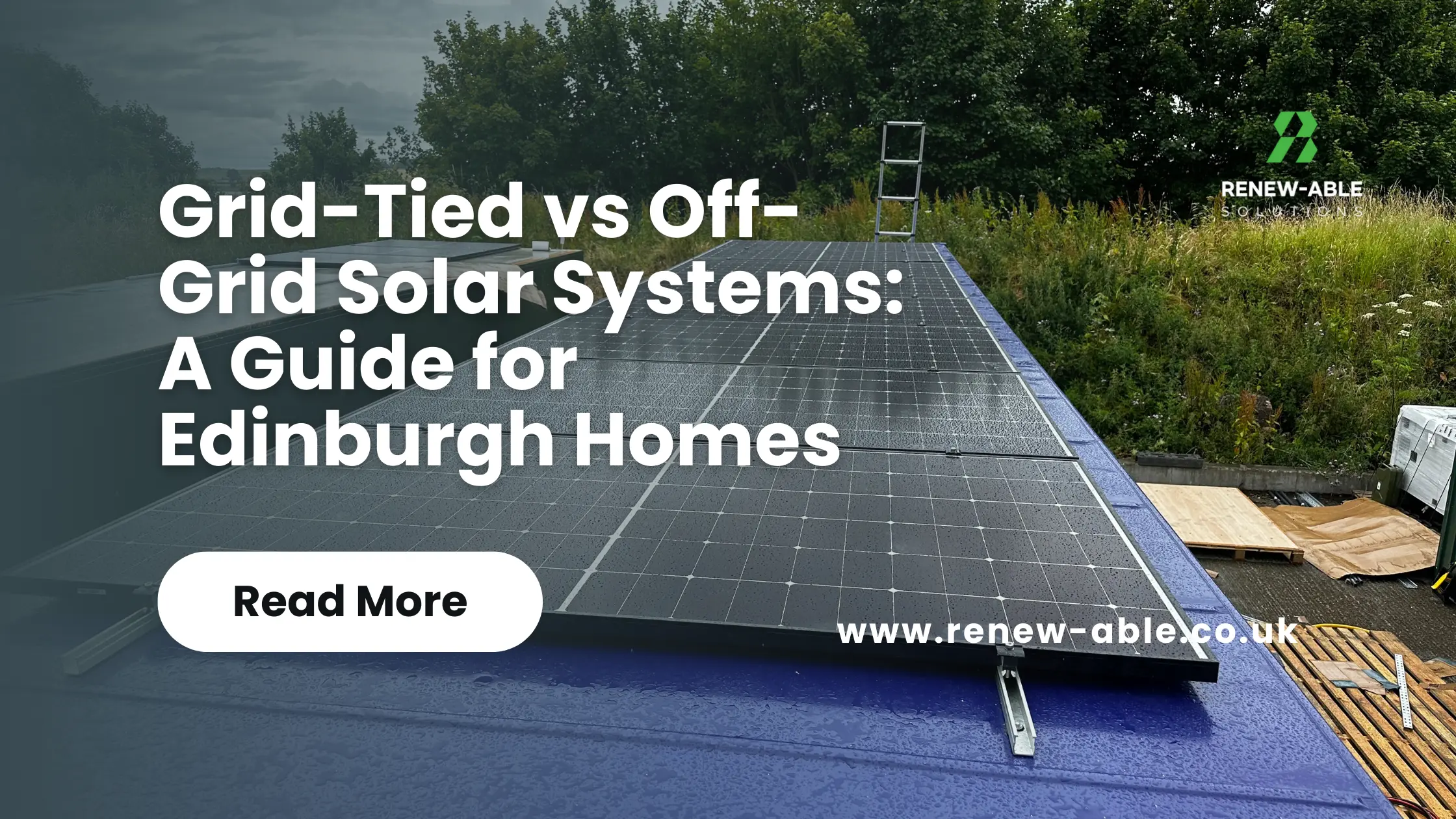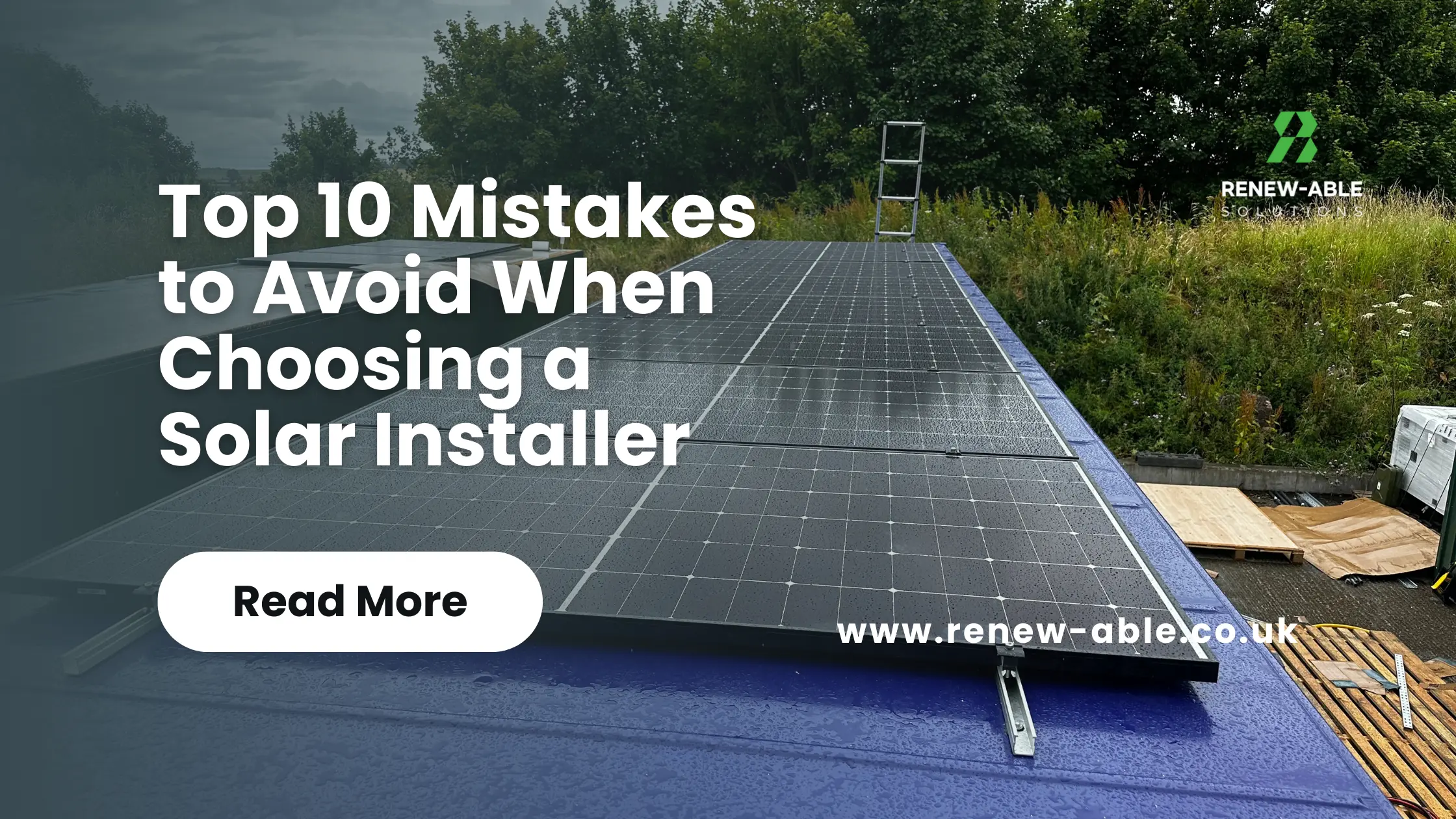✔ The average solar panel system for a three-bedroom house costs £5,920
✔ Solar panels could reduce your annual energy bill by £522
✔ VAT on solar panels has been cut from 5% to 0% for the next five years
How much does Solar PV cost in 2022
This is the best time in history to get solar panels.
The cost of going solar has dropped by 88% since 2010 (UK Government, 2021) as the price of electricity has soared, meaning solar panels can now cut your energy bills by £522 per year, on average – a huge saving, especially during a recession.
More than 970,000 households have solar panels – and when it takes just 10.4 years for the average household to break even, you can understand why.

How much do solar panels cost?
Solar panels typically cost between £3,500 and £7,300, according to data sourced from the Energy Saving Trust, though they can cost as much as £9,000.
The average three-bedroom house usually requires a £5,920 system, which consists of 10 panels and requires around 20m² of roof space.
The higher the quality of your panels, the more they will cost – but their superior efficiency and power will allow your home to generate even more electricity, as long as you keep them clean.
Solar panel costs by property size
| Number of solar panels | Average cost | Roof space | Annual electricity output | Property size | Annual CO2 savings |
|---|---|---|---|---|---|
| 3 | £1,630 | 6 m² | 790 kWh | 1 bedroom house | 0.21 tonnes |
| 6 | £3,250 | 12 m² | 1,590 kWh | 1-2 bedroom house | 0.42 tonnes |
| 10 | £5,420 | 20 m² | 2,645 kWh | 3 bedroom house | 0.70 tonnes |
| 12 | £6,500 | 24 m² | 3,170 kWh | 4 bedroom house | 0.84 tonnes |
How much does Solar PV cost in 2022
Information last updated in August 2022.
The above costs and CO2 savings are calculated using Energy Saving Trust data, while the amount of solar electricity generated is sourced from European Commission figures.
The average person in the UK is responsible for 6.3 tonnes of CO2 emissions per year, meaning you can typically reduce your carbon footprint by 11% with solar panels.
Please use these cost estimates as an indication only. If you’d like to find affordable solar panels, then please fill in our contact form and one of our friendly team will get back to you.
The cost of adding a solar battery
Adding a solar battery onto your solar panel installation usually costs between £3,500 and £8,000.
The larger the battery, the more electricity it can store, and the larger the benefit – but the higher the cost, naturally.
The average cost of a solar battery for a three-bedroom house is £4,500. For that price, you can increase the amount of solar electricity you get to use, save £226 per year, and cut your carbon footprint by another 15% – which is about a tonne of CO2.
Please note: these costs are estimated and based on industry averages. They are not an exact indication of how much you’ll be charged by a solar panel installer. Want a better idea of how much you’ll end up paying? Pop your details in this short form, and talk directly to qualified solar panel suppliers near you.
Are solar panels cheaper after the VAT cut?
Solar panels are between 5% and 20% cheaper now.
The government has cut the VAT rate on energy-saving materials like solar panels to 0% from April 2022 to 2027.
Many installations will cost 5% less as a result, meaning their average cost will drop from £5,420 to £5,149.
This is a positive step, though unfortunately rising fuel prices and a general increase in the cost of living has understandably led many installers to raise their prices anyway, which has negated some of the gain from this VAT cut.
The good news is solar panel prices have decreased sharply over the past decade, so they’re already cheaper than they’ve ever been.
That’s great for the 60% of UK residents who, according to our National Home Energy Survey, want to switch to renewable energy at home.
Solar panel installation cost breakdown
The cost of your solar panel installation will come down to how much your installer charges for materials, labour, and scaffolding.
Typically, 40-50% of the cost of your installation will go towards buying the materials, including panels, brackets, and an inverter.
An installation company will mark up the basic cost of these materials by around 30%, which is standard practice in this industry and many others.
For the average three-bedroom house, this means materials are priced at £2,400.
Another 30-40% of the cost goes towards paying for labour and other business costs, such as regulatory approvals, vehicles and their fuel, and scaffolding. This will set you back £1,900, on average.
The other 10-30% of the cost goes towards paying for labour. Your installers’ hard work will usually cost you £1,000-1,500.
This range should cover all domestic installations, including large ones with more than 20 panels.
That’s great value, especially when you consider doing it yourself can cost £3,000 more than hiring a professional, who’s able to access trade pricing – plus it’s dangerous.
Don’t go through a salesperson, as they can add 10% – around £540 – to the overall cost. Instead, get quotes directly from trusted installers by using our contact form……we never use high pressure sales tactics.
Want to get a better idea of what it’s like to own a set of solar panels? Check out our case study with Paul, based in East Lothian.
Paul had a 3.95 kWh solar panel system installed in June 2022, which cost roughly £6,000. Despite electricity prices increasing around the world, Andrew’s panels up until today (14.11.2022) have already saved him £113.24 on energy bills. He’s also projected to save around a tonne of CO2 a year with his panels.
When will you break even on solar panels?
There’s a solar panel myth floating about that homeowners can struggle to break even on their panels. However, the average three-bedroom household with a 3.5 kilowatt-peak (kWp) solar panel system will break even in 5.4 years but this can depend on the price of energy.
With solar panels typically lasting at least another 20 years after this point, you’ll likely end up with a total profit of £11,600 in energy bill savings and SEG revenues.
Check out the graph below and see for yourself.
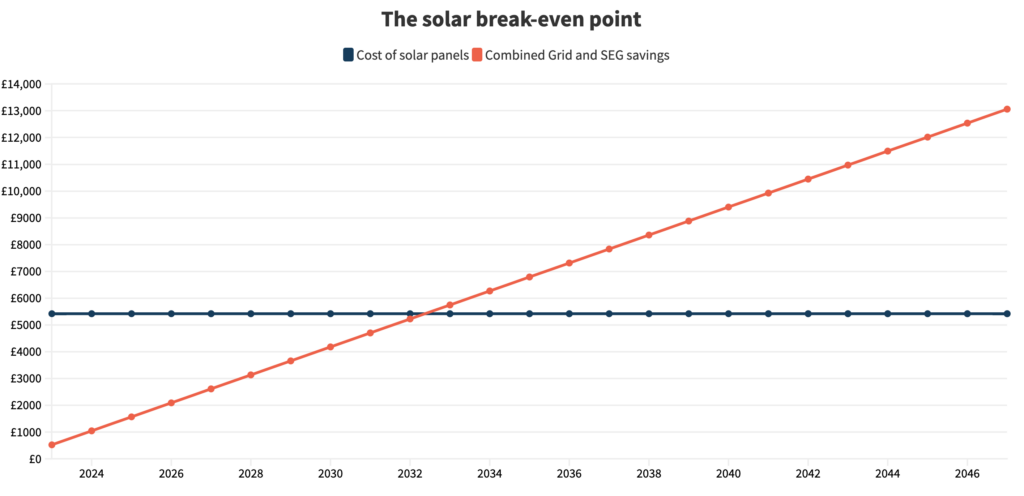
How much does Solar PV cost in 2022
How much money will you save with solar panels?
Solar panels will typically cut your electricity bill by 50%, resulting in annual savings between £310 and £730 for most homes.
For the average three-bedroom household, it means saving £450 per year – and that’s just from using half of the solar power your panels produce.
The other half will go to the grid unless you either have a solar battery – in which case you could save as much as another £226 – or use the Smart Export Guarantee (SEG).
Depending on which supplier you choose to sell your solar-generated electricity to, you could earn as much as 15p for every kilowatt hour (kWh) you sell back to the National Grid.
The typical three-bedroom household can expect £73 in annual payments, meaning you’ll make £522 per year in savings and SEG revenues.
How are solar panel prices calculated?
There are three key factors that influence the price of solar panels. The cost estimates above can be used as a rough guide, but you’ll also want to think about the type of panels you want, how efficient they are, and how many you need.
Panel type
Most solar panels are made from silicon, which comes in two different forms: monocrystalline or polycrystalline.
Monocrystalline cells are more efficient than polycrystalline cells, and are more expensive as a result.
Panel efficiency
The ‘efficiency’ of a solar panel refers to how much sunlight it can convert into electricity, represented as a percentage. A solar panel with 19% efficiency can convert 19% of its received sunshine into energy for your home.
The best solar panels on the market at the moment are around 24% efficient, but the average is between 18% and 22%.
Number of panels
The more electricity you use, the more panels you can benefit from, assuming you have the space. You’ll pay more at first – but you’ll save more in the end, too.
You can reduce the number of panels you need by opting for high-efficiency models, but if you have the roof space, it’s generally more cost effective to buy a larger number of cheaper, less efficient panels.
Additional solar panel costs
Once you’ve used the calculator and information above to work out how many solar panels you need to buy – and whether you want to add a solar battery – there are three future costs you should consider.
Solar panel inverter
The solar inverter is a key part of any solar panel system, converting electricity from direct current (DC) to alternating current (AC) before it can be used in your home.
While solar panels can last up to 25-30 years, the inverter is more likely to need replacing after 10-15 years, which will cost you between £500 and £1,000.
Maintenance and repair
Solar panels don’t break often. They don’t have any moving parts, and their surfaces are generally built to withstand hailstones the size of golf balls.
Nothing is invincible though, and there’s always a chance your solar panels could fall prey to freak accidents like falling trees, stray cricket balls, extreme weather, or squirrels developing a taste for wires.
In the event of a mishap, you should always hire a professional solar panel repair company, as messing with electrical equipment is dangerous and usually expensive.
Small breakages can be fixed for £80, while sweeping repairs can cost you up to £1,500.
Cleaning
Frequent rainfall keeps the UK’s solar panels clean, for the most part.
However, rain barely budges bird droppings, which can reduce a solar panel’s efficiency – and if your TV aerial is directly above your solar panels, it may become a perch for birds.
If you notice your solar panels becoming dirty, you should consider getting them cleaned, either by a professional who’ll charge around £100, or by you, if you follow our cleaning guide.
Related: How to pigeon-proof your solar panels
Six things to consider before buying solar panels
1. Is your roof suitable?
If your roof is covered in shade, it may not be suitable for solar panels. Ideally, your roof should be south-facing – although an east or west-facing roof is sufficient – at an angle between 10 and 60 degrees.
Want to learn more? Head to our page: What’s The Best Angle and Direction for Solar Panels?
2. Do you need a structural inspection of your roof?
A good installer will assess the condition of your roof, and may recommend a structural survey. As long as your roof is in good condition, it should be able to comfortably hold a typical 200 kg solar panel system.
3. What size solar panel system is right for you?
Look at your annual electricity usage, and find a system that generates enough power to meet your household’s needs. A three-bedroom house typically needs a 3.5 kWp system, as it uses 2,900 kWh per year – but your home may be different.
4. Should you install a solar battery at the same time?
Solar batteries can store any excess electricity your solar panels generate for use later on. A battery typically costs £4,500, and will save the average household an extra £226 per year.
5. Should you sell your excess energy instead?
If you don’t want to buy a solar battery, you should sell the solar power you don’t use via the Smart Export Guarantee, and make £73 per year, on average. Start setting this up in advance of installation, with the supplier who offers you the best price.
6. Have you compared solar panel prices?
Ensure you get the best deal by comparing the cost of different solar panels. To make it easy on yourself, just fill in some quick details and our trusted suppliers will contact you with their best quotes.


